LIGHTYEAR landed on June 16 in theaters as the number one box office film in all of Latin America during its opening week, becoming the best opening weekend for an animated film in the region since the start of the pandemic.
This new Disney and Pixar film takes audiences on an intergalactic adventure alongside the most famous space ranger, focusing on the origin story of Buzz Lightyear (voice of Chris Evans), the hero who inspired the iconic Disney toy from the Toy Story franchise. To bring to life the stunning interplanetary settings, including an uncharted planet called T’Kani Prime, the Pixar team found multiple inspirations and researched extensively to give the story the striking visual signature that can already be seen in theaters.
These are five curious facts about that creative process to reach infinity… and beyond!
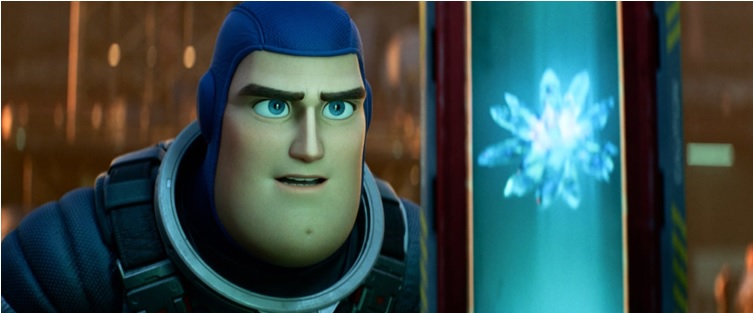
The artists visited NASA and talked with Astronauts
Before beginning to visualize the film, the team of artists visited NASA’s Johnson Space Center in Houston, Texas. “We got a crash course on space travel. We were able to spend time with the astronauts and ask them anything. They took us to the original Apollo mission control center and training flight simulators where they prepare astronauts for space,” says production designer Tim Evatt. The visit lasted several days and provided many visual references. “They showed us buttons, switches, knobs, dials, and badges. We were guided through a replica of the rooms and laboratories of the International Space Station, and we saw vehicles, training planes and capsules, “adds producer Galyn Susman.
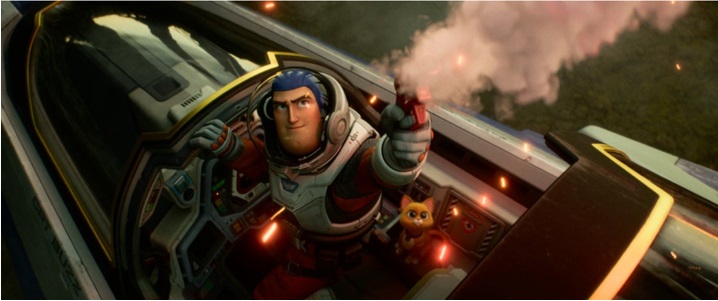
One of the Film Producers studied Physics
Susman is a self-confessed “tech nerd”, and says: “I went to university to major in physics, hoping to be an astronaut. So when we started working on this movie, I absolutely had to get us a research trip to NASA. We tend to be a bit obsessive about research at Pixar. Our goal is to take the key creative ideas and expose them to the people, environments and experiences that will impact the design and language of the film.”
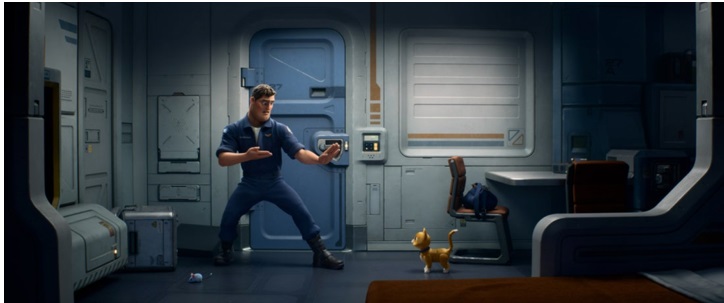
There’s a tribute to Science fiction cinema and the great stories of the 1980’s
The filmmakers of LIGHTYEAR agree that science fiction cinema was a clear inspiration for the film, but they do not hesitate to ensure that the great screen stories of the ’80s and ’90s also acted as references. Angus MacLane, the film’s director, is known within Pixar as a walking encyclopedia of cinema. “The overall design aesthetic is a bit retro and they have an early 80s look, inspired by movies ranging from STAR WARS and LAST WITNESS to RAIDERS OF THE LOST ARK, and a lot of anime from the era. I wanted the film to feel tactile and vivid with a high level of contrast, like Nouvelle Vague cinema,” explains MacLane.
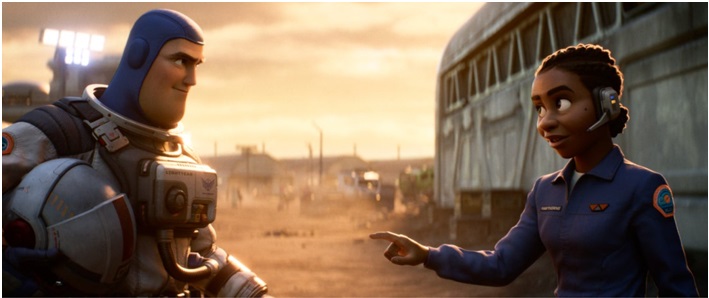
The effects supervisor wanted T’Kani Prime to look “as livable as it was menaging”
Bill Watral, effects supervisor for LIGHTYEAR, brought him and his team together to achieve the particular look of the planet of T’Kani Prime. It is there that Buzz Lightyear lands the ship, when a sensor detects the existence of the territory, potentially rich in resources. “The idea was to make the planet feel both habitable and threatening, and volumetrics play a huge role in that. There is a very dense atmospheric fog, great columns of steam coming from cracks in the planet and fields of lava, smoke and mist; the air must have felt thick and oppressive at times. We built a huge collection of these effects,” says Watral.
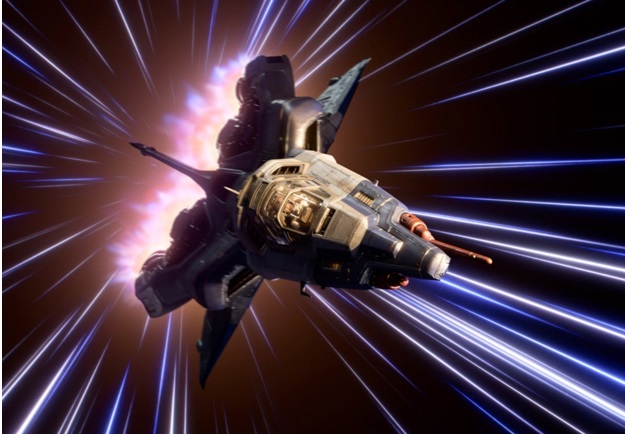
A movie model designer from Star Wars created a spaceship for the film
When conceiving the various starships that would be part of the film, the filmmaking team turned to John Duncan, model designer on numerous STAR WARS films. Duncan was asked to create the first spaceship design as if he were envisioning it as a prop for a live-action movie. “Then we took the same designs and built them on the computer, because we wanted to ensure that the computer animation kept the warmth of working on a real set like on a STAR WARS set. From that, we developed a cinematic language that brought the warmth back to computer models: curves where there would normally be straight lines, making sure there wasn’t a single edge, all to get away from that super sharp, super sharp look of computer animation.” Susman concludes.

Open your account on Disney+ and you will have access to movies like Spiderman, Lightyear, Cruella and Pinocchio. You can also watch Star Wars series like The Mandalorian, Andor and The Book of Boba Fett.
